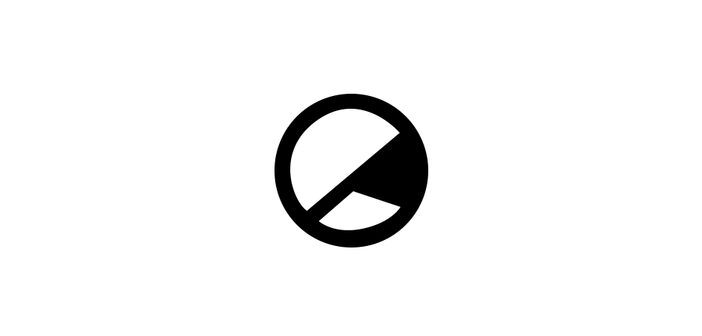Nier: Automata is a game of shifting playstyles and story beats. The experience of the game is perfectly condensed and displayed within the game’s first moments. Refusing the conventions of most games, Automata opens without a story or cutscene, forcing the player immediately into the action. There is no introduction to the world given. Instead, a Nietzschean statement on the wish to kill God segues into the opening aerial fight as players are thrust into the cockpit of protagonist, 2B, as she battles waves of flying robots. Exposition for the world is derived from context clues, as 2B flies towards and through a long-abandoned shadow of civilisation. Random lasers interrupt the flow of battle, hinting at a larger Lovecraftian threat at 2B’s destination.
Throughout the opening, gameplay shifts repeatedly. Beginning as an arcade shooter (think a modernised Space Invaders), the camera shifts to allow 2B to move on another axis, transforming the game into a twin-stick isometric shooter, with enemies now surrounding the player. After a series of aerial encounters, 2B’s ship crashes. Leaping from the wreck, 2B now controls in the style of a hack and slash. The enemies that were once removed in the air now have a personal feel as you face them head-on.
The game has 2B crash in a familiar-feeling arena, one in which games usually have the player become accustomed with the controls. However, denying the player a moment’s rest, the walls of the arena are torn off by a giant metallic arm wielding a buzz saw. The game then thrusts the player into a boss fight with said buzz saw, forcing them to master the dodge mechanics of the game as it introduces the bullet hell elements of gameplay – this shows the players the mix of gameplay that makes up most of the game. This fight also establishes Automata’s higher difficulty level, as it is easy to be caught off-guard and killed by a stray bullet if not careful.
After defeating the arm – a level-ending achievement in any other game – Automata’s fourth and final gameplay style appears. It becomes a 3D platformer with tight, responsive, yet appropriately floaty controls that mixes in the aforementioned bullet hell and hack and slash elements. The player navigates 2B as she seeks out her unknown target via the ground, whilst her newly acquired sidekick, 9S, attempts to locate it from above. As 2B ascends a robotic spire, the camera zooms out to reveal the arena which played host to the first boss fight, now small and distant. The orchestral music swells as the scope and ambition of Automata becomes clear. Within the first fifteen minutes of the game, it has seamlessly shifted between four gameplay styles, and is an exemplar example of each one.
These opening moments crescendo as a giant arm, like the one from before, attaches to an even bigger robot. In a second boss fight, the player alternates between aerial combat against the robot, and platforming sections that involve climbing up the behemoth itself. This culminates in the player removing and gaining control of a giant buzz saw arm that they fought minutes ago, wielding it against the robot in a satisfying fight.
Nier: Automata’s opening moments provide a challenging, exhilarating and purely enjoyable experience. Automata places the player into the war between robots and androids, and the constantly shifting playstyles conveys the overall frantic and desperate nature of 2B’s struggle. Within the first mission the player feels like they have achieved a great victory and received a level of catharsis from defeating the gigantic robot.
Nier: Automata is available on PlayStation 4, Xbox One and PC now. You can watch the launch trailer below.



